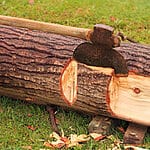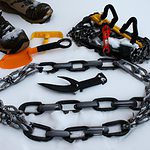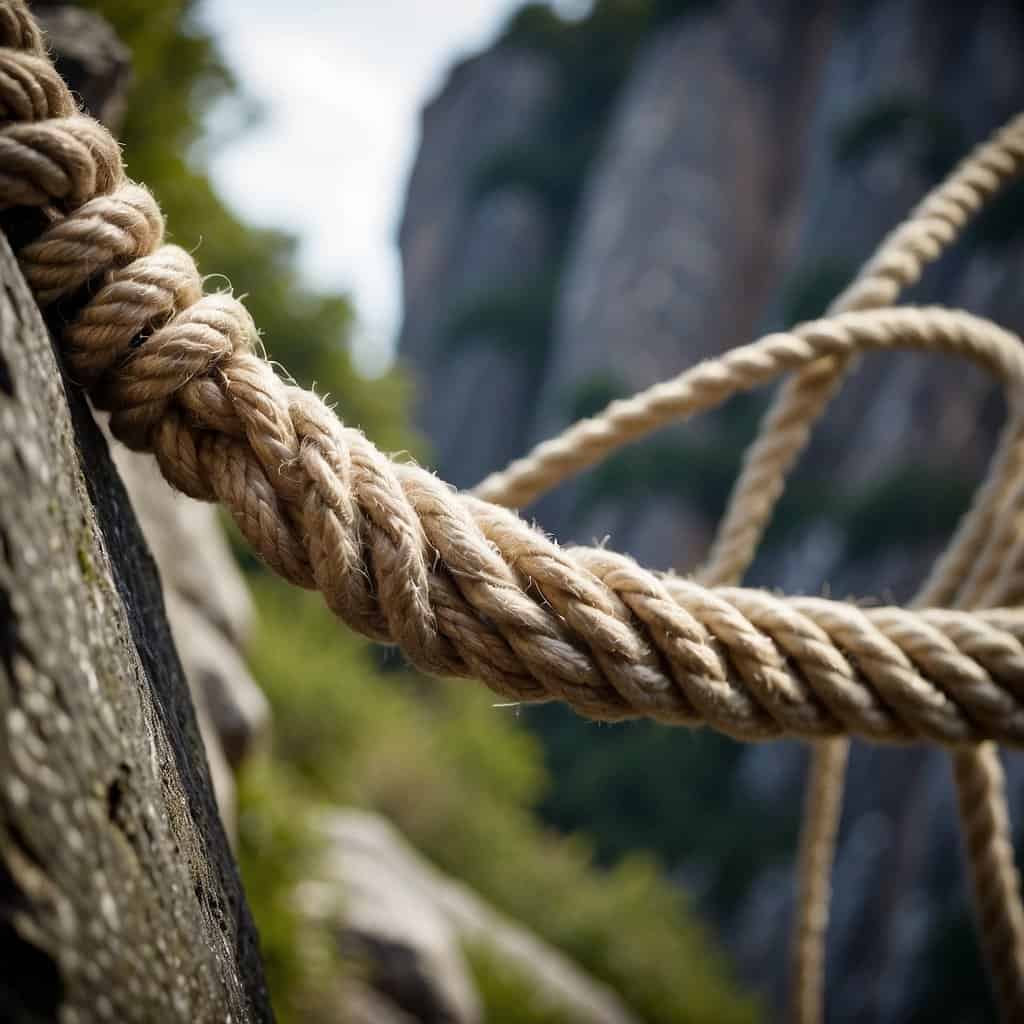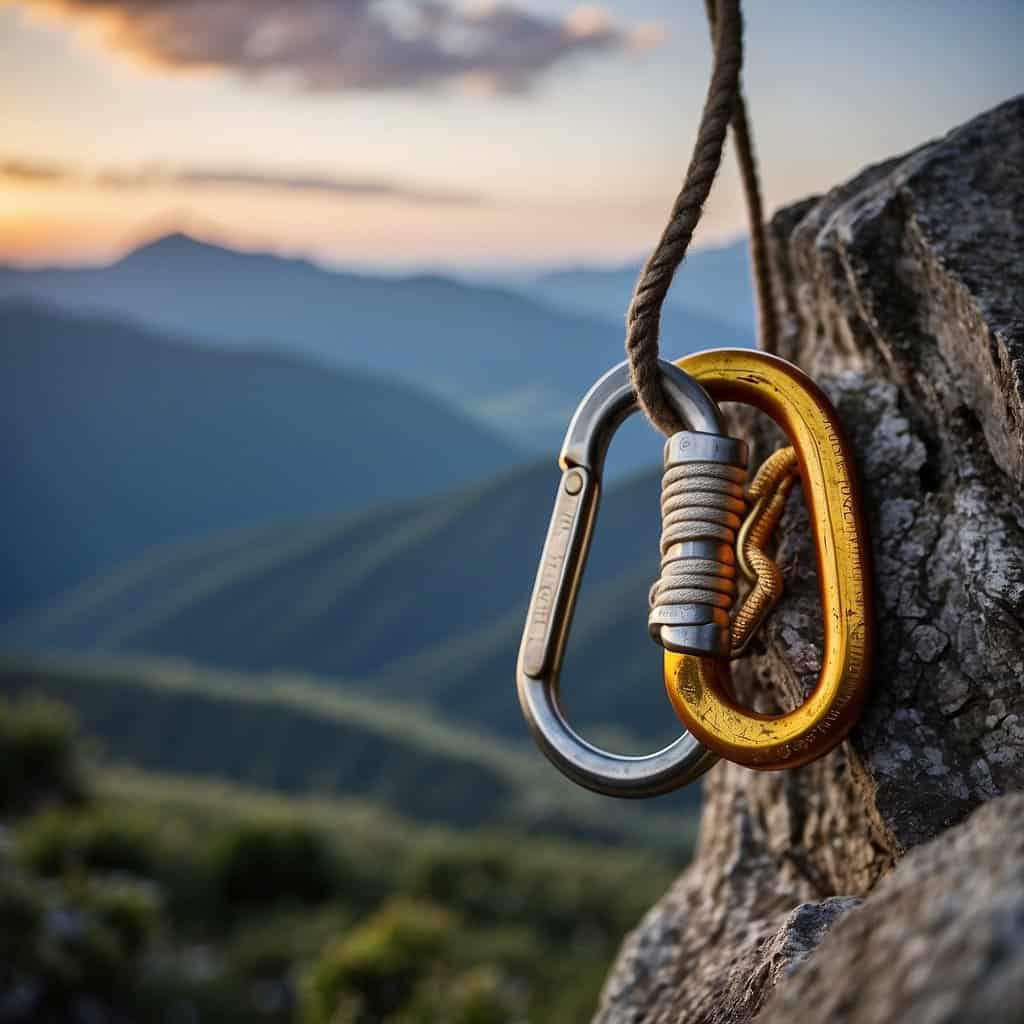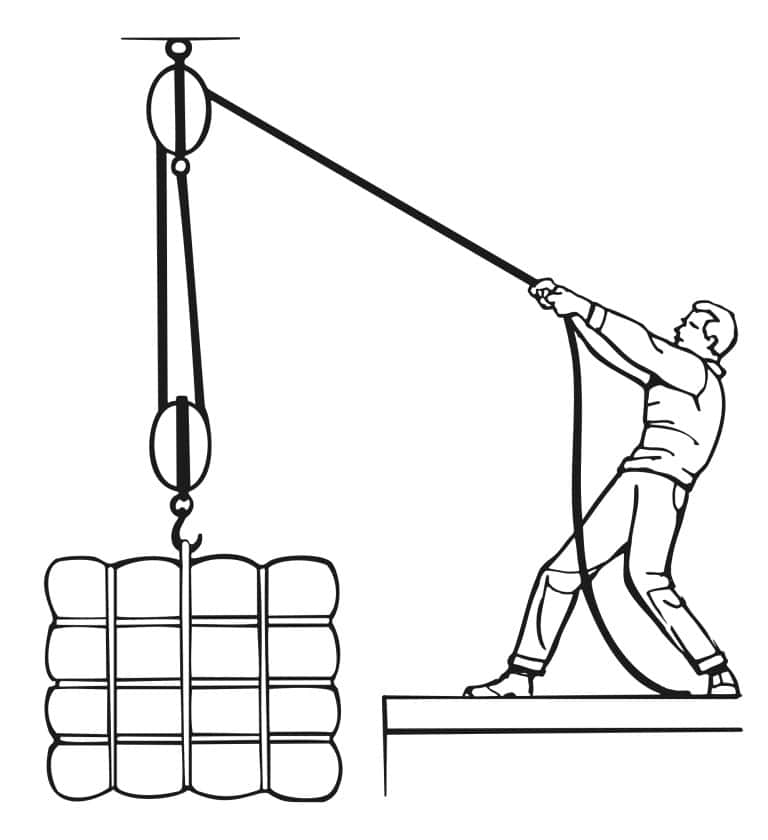A bungee cord is an elastic rope commonly used to secure objects. It consists of an inner core section made of latex or rubber and an outer layer made of fabric or plastic. The core gives the cord its elasticity, while the outer layer protects it from wear and tear.
Table of Contents
Is A Bungee Cord A Type Of Rope?
A bungee cord is technically a type of rope, as it is made from multiple strands of rubber or latex that are twisted together, and ropes are made from strands of natural fibres like cotton or hemp. Bungees are surrounded by a braided polypropylene or nylon cover, and this type of casing surrounds many ropes. As a result, ropes are not as elastic as bungee cords, meaning they do not have the same ability to stretch and rebound back into their original shape. So, while a bungee cord is technically a type of rope, it is usually classified in its own separate category due to its unique properties.
Strength Of A Bungee Cord
The strength of a bungee cord depends on whether the cord is made from natural rubber or synthetic latex. Bungee cords made from synthetic latex are not as strong as those made from natural rubber, but they are still quite durable. Additionally, synthetic bungee cords are often less expensive than those made from natural rubber. The next factor determining the strength is the cord’s diameter and how many inner strands of natural rubber or synthetic latex there are. For example, a 1/8 inch or 3.17 mm cord with 12 strands encased in a water and UV-resistant covering has a 100 lb. / 220.5 kg. tensile strength. Put another way; a cord diameter of 1/8 in. / 3.17 mm. can handle 100 lbs. or 220.5 kg.
| Diameter | Diameter | Tensile Strength | Tensile Strength |
|---|---|---|---|
| (in) | (mm) | Max Weight (lbs) | Max Weight (kgs) |
| 1/8 | 3.17 | 100 | 220.5 |
| 3/16 | 4.76 | 200 | 441.0 |
| 1/4 | 6.35 | 300 | 661.5 |
| 3/8 | 9.52 | 400 | 882.0 |
| 1/2 | 12.7 | 450 | 992.25 |
How Far Can A Bungee Cord Stretch?
Whether it is a heavy duty bungee cord, a bungee cord with carabiners or a short bungee cord, the rule of thumb is that a bungee cord can stretch to double its length.
So, if you have a 10 ft. / 3.05 m. cord, it will stretch to 20ft. / 60.9m.
Once again, the core is the determining factor for stretch. The cord will stretch 100% of the length if the center is natural rubber. Whereas if the core is synthetic, it will stretch 50% of the length. For safety, it is recommended that you only extend a bungee cord 50% of its original length, as when the cord is stretched, the diameter of the cord is reduced, making it less reliable.
A bungee cord is strong and durable; however, it can break if overstretched or exposed to extreme temperatures. Therefore, it is crucial to regularly check for wear and replace them if they show any damage.
Lifespan And Care Of A Bungee Cord
The average lifespan of a bungee cord is about three to five years. However, this can vary depending on how often the bungee cord is used and how it is stored. Over time they will start to show the telltale signs of wear and tear:
- Fraying
- Cracking
- Splitting
- Abrasion
When you notice these signs on your bungee cord, it is time to replace it. To extend the life of your bungee cord, keep it from stretching it to its maximum capacity, and store the bungee in a cool, dry place, away from sunlight or heat, as this can cause them to deteriorate faster. It is also important to keep bungee cords away from sharp objects, as they can easily be cut or damaged.
The best way to store bungee cords is in a storage container specifically designed for them. These containers have compartments that are the perfect size for bungee cords and help keep them organized and protected.
Bungee Cords Adjustability
Bungee cords can be adjustable due to the hook and loop or other hardware, such as closed hooks, available at each end of the bungee, which can be helpful for various purposes. For example, you can hook multiple cords together to obtain your desired length.
You can adjust the length of a bungee cord for many purposes, such as:
– Hanging plants or decorations
– Stringing up holiday lights
– Creating a makeshift clothesline
– Securing a tarp or tent
– Making a DIY bungee chair
– Secure backpack rain cover
– Hanging a hammock
– Cargo tie-down or tying down a kayak or canoe
– Keeping tarps secure in high winds
– Stringing up holiday lights
– Suspending a swing
– Making a clothesline
– Creating a makeshift dog leash
– Securing a load in the back of a truck or on a trailer
– Storing or hanging your shovels and other tools
Choosing The Right Bungee
When choosing bungee cord, keep in mind the following:
You need to consider the bungee cord’s weight capacity and elongation factor. When you purchase your bungee, the packaging will have a rating concerning the weight/tensile strength and elongation factor it can handle. So consider the weight rating and ensure it can take the load you will secure.
It would help if you considered the length of the needed bungee cord. You can use multiple cords hooked together, but a single cord that is too long rather than too short will be stronger and more secure.
Decide whether you want a bungee cord made from natural or synthetic material or if a bungee strap would better meet your requirements.
The Difference Between Bungee Cord, Shock Cord & Bungee Rope
Bungee cord, shock cord and bungee rope are often used interchangeably, but there is no difference. They all are cords with multiple rubber strands enclosed in a fabric casing. The difference between them is usually based on whether or not the end of the cord has an attachment such as a hook. Bungee cords generally have a hook attached, whereas a bungee shock cord or bungee rope may or may not have a hook attached to the end of the cord. The only bungee made entirely from one strand of rubber of varying widths and lengths is a bungee strap or tie-down strap. These straps are stronger than bungee cords but do not have the elastic stretch a bungee cord does.
Final Thoughts
Bungee cords are a versatile and affordable product used for various purposes.


